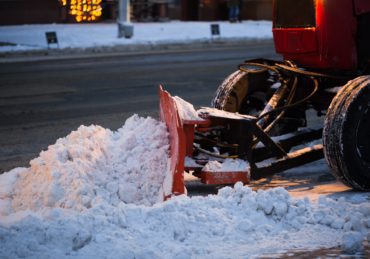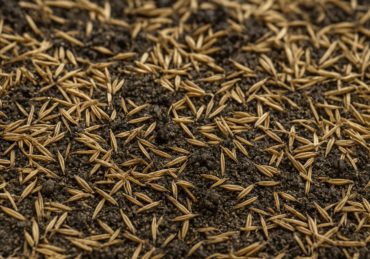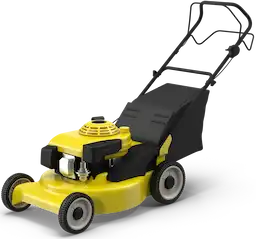Fertilizing your lawn is a crucial step in maintaining its health and vibrancy, especially in a state like Texas, where diverse climates and soil conditions can pose unique challenges. Knowing the right time to fertilize can make all the difference between a lush, green lawn and one that’s struggling to thrive. In this blog, we’ll guide you through the optimal fertilization tips and tricks specifically for Texas lawns, helping you understand when and how to provide your grass with the nutrients it needs. Whether you’re a seasoned gardener or a first-time homeowner, our tips will ensure your lawn remains a beautiful, resilient centerpiece of your outdoor space year-round.
How Does Lawn Fertilizer Work?
Lawn fertilizer helps grass grow better by giving it important nutrients. The main nutrients in fertilizer are nitrogen, phosphorus, and potassium. Nitrogen makes the grass green. Phosphorus helps the roots grow strong, and potassium helps the grass resist diseases and survive in tough conditions. When you spread fertilizer on your lawn, it dissolves in water and the grass roots take it in. This makes the grass grow thicker, greener, and healthier. Using fertilizer correctly ensures that the nutrients spread evenly across the lawn, helping all parts of your lawn grow well and avoiding problems like burning the grass or polluting nearby areas.
When to Fertilize Lawns in Texas
In Texas, the ideal time to fertilize your lawn depends on the type of grass you have and the specific climate conditions in your region. Generally, the best times are: spring, late spring to early summer, and the fall. The Texas Agricultural Extension Service makes it easy to understand and determine when and how to fertilize your lawn in Texas. Further information can be found on their website here.
Avoid fertilizing in the heat of summer (July and August) as high temperatures can stress the grass and reduce the effectiveness of the fertilizer. It’s also important to follow the specific recommendations for your grass type and to avoid over-fertilizing, which can harm the lawn and contribute to environmental issues.
Spring Fertilization
By fertilizing in spring, Texas homeowners set the stage for a healthy, resilient lawn that’ll thrive throughout the heat of summer and dormancy of winter. Spring fertilization is especially crucial because it kickstarts growth by providing essential nutrients that grass needs to recover from winter dormancy and kickstart its growth. Nitrogen that is found in spring fertilizer helps strengthen the grass making it more resilient to heat, diseases, and weeds. As well as improving the overall health of the soil which in turn grows thicker and healthier grass.

Summer Fertilization
A second application can be done in late May to early June. This summer fertilization helps sustain growth during the hotter months, repair damage, boost resilience, and encourage deep root growth. While spring fertilization sets the stage for healthy growth and resilience, a second round of slow-release fertilizer can help the grass better withstand stress from high temperatures and drought conditions common in Texas summers. Additionally, it’s crucial to water the lawn appropriately to prevent burning the grass and to ensure the nutrients are absorbed effectively.

Fall Fertilization
Applying fertilizer in the fall strengthens the root system, which supports better growth and health. Fall fertilizers are rich in potassium which helps increase the grass’s tolerance to cold and disease, promoting a robust lawn that can withstand the winter to the following growing season. Additionally, skipping fall fertilizer can leave your lawn weak and more susceptible to winter damage. Fertilizing for each season and especially the fall, ensures your lawn receives the proper nutrients it needs to thrive year round.
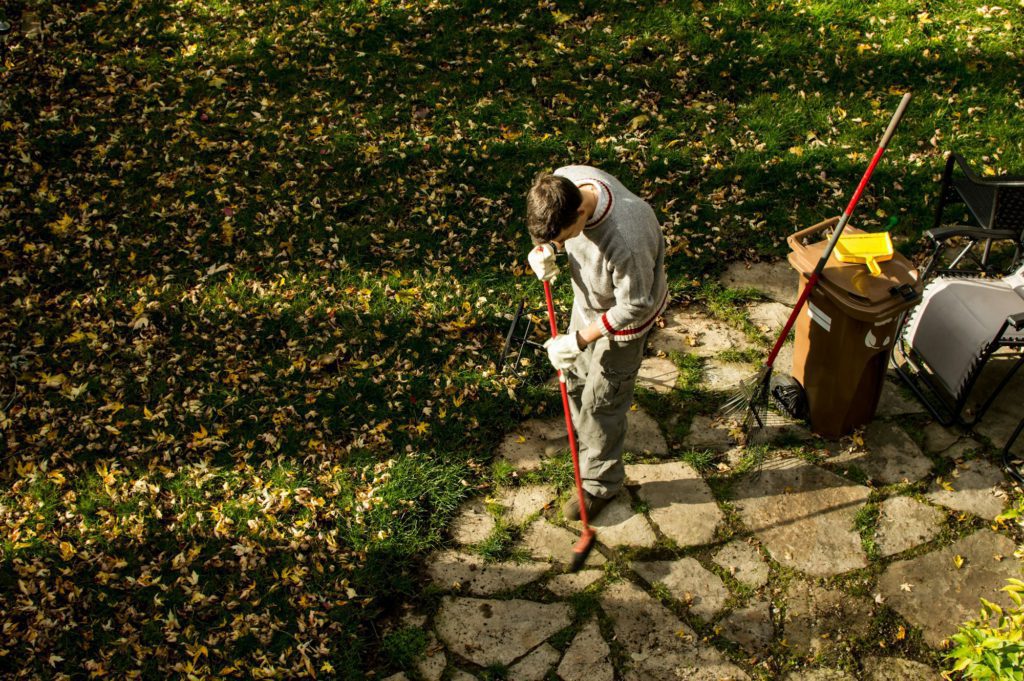
Factors to Consider when Fertilizing
When considering fertilizing your lawn in Texas, there are several important factors to consider for optimal results. First, understand your grass type and it’s unique needs. Warn-season grasses will have different nutrient needs and growth patterns compared to cool-season grasses. Secondly, consider your climate and weather conditions as timing is crucial. Lastly, consider conducting a soil test to determine nutrient level and pH.
Grass Type
Understanding your grass types will help you choose the right fertilizer and apply it at the appropriate times to maximize the fertilizers effectiveness. Different types of grass have different nutrient needs and growth patterns. Know whether you have warm-season grass (like Bermuda, St. Augustine) or cool-season grass (like fescue, ryegrass).
Climate and Weather Conditions
Fertilize when the grass is actively growing and when rain is not immediately expected. Water the lawn after fertilizing to help nutrients absorb into the soil, unless rain is forecasted shortly after application. By taking climate and weather conditions into account, you can ensure your fertilization efforts are both effective and environmentally responsible, leading to a healthier, more resilient lawn.
Soil Quality and pH
The soil quality and pH of your lawn is a critical factor when fertilizing your lawn because they directly affect nutrient availability and overall grass health. Having high soil quality and a slightly acidic to neutral pH levels will affect how well the soil can provide and retain essential nutrients.
Get Your Lawn Mowing Quote Now
LawnGuru offers instant lawn mowing quotes, designed with your convenience in mind. With our user-friendly platform, getting a quote is as easy as entering your address and creating an account! Our transparent pricing ensures you know exactly what to expect upfront, with no hidden fees or surprises. Simply book online, sit back, and relax as your provider works their magic on your lawn. Experience the ease and transparency of instant pricing without lawn mowing quote service on LawnGuru’s website or app! You can also check if we’re in your city here! LawnGuru currently services the Houston and Dallas metro areas.

How Much Does Snow Removal Cost in 2025?
After the third snowfall in a week, you’re staring at your buried driveway wondering whether it’s time to call in the pros, or just keep tossing your back out for

How Much Does Leaf Removal Really Cost in 2025?
You step outside, rake in hand, and stare at the blanket of leaves swallowing your lawn. A few hours? Maybe half a day? Then you remember last fall, sore arms,
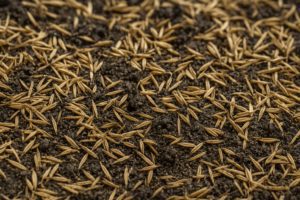
Grass Seed Germination
A late-afternoon sun hangs just above the fence line as a homeowner steps out onto the back patio, coffee in hand, staring at a section of lawn that looks more

Is Mulch or River Rock Better for Landscaping
Ever stood in your yard, staring at a bed that just won’t stay neat, either the mulch keeps blowing off or weeds keep punching through your rocks? We’ve been there.
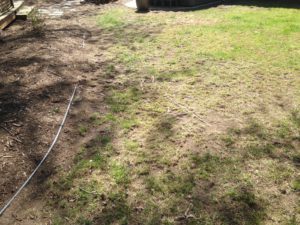
How Dormant Seeding Gives Your Lawn a Head Start Before Spring
On a crisp late-fall afternoon, you glance across the yard and spot a problem that’s easy to ignore all summer, bare patches, thinning grass, and stubborn spots where nothing seems
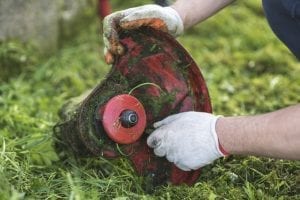
How to Winterize a Lawn Mower (and Your Lawn) Before It’s Too Late
It’s late fall. The garage is half-packed with rakes, patio chairs, and bags of leftover mulch. You glance at your mower sitting in the corner and think, Is it too

